Key Points:
- Starlink has lowered the price of the Standard Dish from $599 to $499 in the US market.
- The Standard Dish (aka Gen 3) has replaced the Standard Actuated Dish (aka Gen 2) in the US and other select markets.
- 3rd party resellers are also selling the Standard Dish at this new reduced price.
- The Gen 3 Standard Dish was also recently certified by the FCC for official in motion use.
Starlink is in its 3rd generation of standard consumer focused hardware, and for the first time since the product has been released they have lowered the price.
The Starlink hardware has ranged from $499-$599 for US based customers through it's evolution of hardware changes.
Table of Contents
Starlink $499 Price Video
Starlink Lowers Standard Dish Price
In Starlink's beta period, SpaceX originally sold the Gen 1 round dish at a $499, but this hardware was being sold at a significant loss to SpaceX to attract customers to its new service.
The Gen 2 hardware (now referred to as Standard Actuated) was released around Nov 2021 and one of SpaceX's main goals with the new hardware was to considerably bring down the production costs. The Gen 2 hardware was originally also sold at the same $499 price, but SpaceX raised the price to $599 in March of 2022.
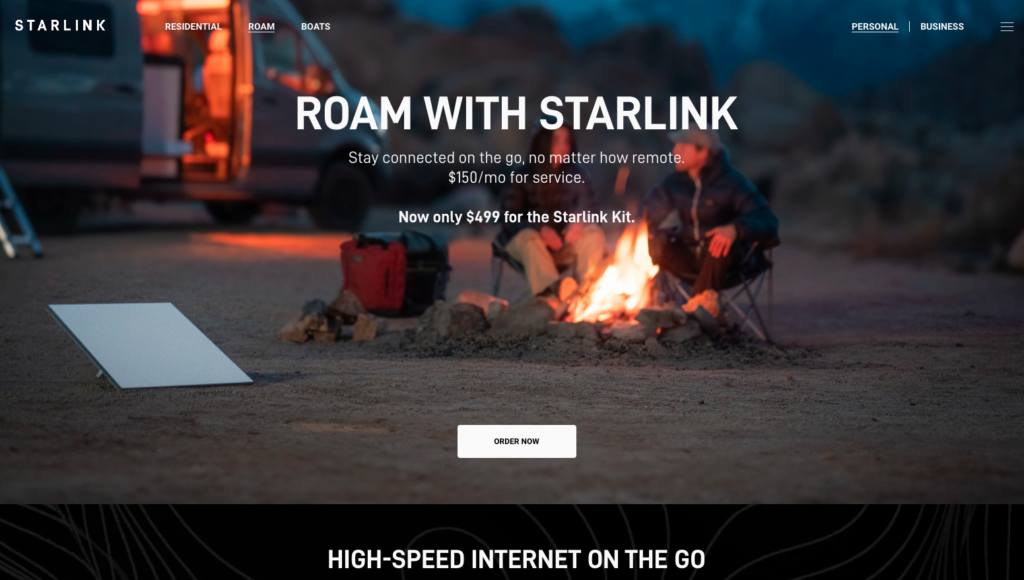
Even when the Gen 3 Standard Dish was released in Nov of 2023, about 2 years after the Gen 2, SpaceX kept the $599 price for consumers. Even though presumably this dish cost even less to manufacture than previous generations of hardware.
However this week, SpaceX has lowered the cost of Gen 3 Standard hardware back to $499 for consumers.
Having the overall cost of the hardware come down to $499 for both Standard and Roam users is going to be welcomed for those that are still considering the Starlink Service or perhaps wanting to upgrade their older hardware to the latest Gen 3 hardware.
We have also seen that 3rd party resellers such as Best Buy, Home Depot, and West Marine have also lowered their selling price to $499, so the reduced price should be consistent across all sellers.
We've even seen refurbished Gen 3 hardware sold for $399 at times and select markets in the US have been offering the Gen 3 hardware for even deeper discounts including some pretty significant regional savings, but often these discounts are for residential users only.
Starlink has also started to implement safeguards to keep people from other areas outside the discounted locations taking advantage of these discounts, so they are not mobile friendly.
Starlink Gen 3 Hardware
The Starlink Gen 3 hardware is the 3rd generation of standard hardware and 4th revision of the Standard Dish since the launch of Starlink. It includes some significant upgrades that make it quite a jump in hardware advancements from previous generations.
Note: The Gen 1 round dish had 2 revisions, so depending on if you are counting generations or revisions of hardware, you may see the Standard Dish referred to as Gen 3 or Version 4 which represents the same hardware, just different naming conventions.
Standard Dish Specs:
- Field of View: 110 degrees
- Setup: Manual aiming using app
- Size: 23.4" x 15.07" - (6.4 lbs)
- Mounting Options: Included kickstand or optional accessories for pole-mount or flat mounting on RV or boat with the Mobility Mount
- Power Requirements: Separate AC supply included, 75-100W of typical power usage
- Portability: Yes - It is meant to be portable and set in the best location. Comes with 49.2ft (15m) of cable to position the Dish away from a vehicle.
- Supports In-Motion Use: Officially approved for in motion use
- Price: $499
No More Motors
Following the release of the Flat HP Dish, the Gen 3 was the next hardware to ditch the motors after being a crucial component of earlier hardware. This certainly saves on production costs, but also makes the hardware quite a bit thinner, plus easier to deploy and store making the dish a lot more mobile friendly for nomads.
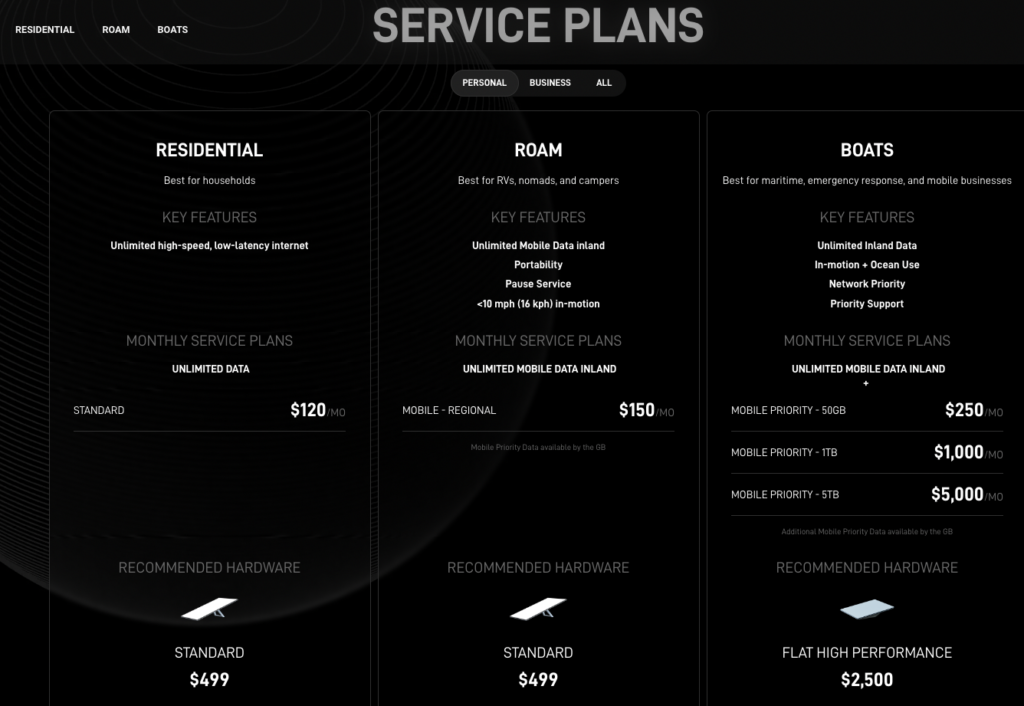
One of the reasons SpaceX has been able to move away from the motors and robotic aiming is that there are a lot more satellites in the sky and Starlink no longer needs to look as low on the horizon to connect to a satellite.
The Starlink Standard dish has a 110 degree field of view and coupled with a much larger density of satellites, pointing and aiming isn't nearly as necessary as it once was.
The phased array antennas electronically handle all the antenna aiming with its internal software. The manual aiming through the app helps you find the optimal orientation for your dish at your location.
Official In Motion Use
The Standard Dish also achieved another milestone recently and joins the Flat HP dish and the upcoming Mini Dish as officially approved for in motion use.
Prior to this, the Flat HP dish at $2500 was the only dish officially approved for in motion use.
With this new FCC approval, this means nomads can now use the recently released Starlink Mobility Mount to mount the much cheaper Standard Dish on their RV or boat and enjoy in motion speeds over 10 MPH with the correct service plan.
Conclusion
It's no secret that SpaceX has been dominating the LEO satellite industry for the last few years and while other companies are trying to catch up, Starlink has quite the jump ahead of them.
Thankfully Starlink is keeping the consumer hardware price reasonable, and this new price drop is certainly good news for nomads that want to add another tool to their arsenal where staying connected via cellular doesn't make sense.
Learn More:
Starlink's Referral FAQ.
Use our referral link when purchasing equipment from Starlink.com and activating a consumer Residential or Roam Unlimited data plan - and get a FREE month of service!
And so will someone on our team, which helps us keep our multiple lines of service active for continued testing.
It's a win-win - you save money and help support MIRC!
Further Reading
- Starlink Satellite Internet For Mobile RV And Boat Use - Our featured guide focused on taking advantage of SpaceX's Starlink on the go.
- Mobile Satellite Internet Options -
 Our featured guide on all the current and future satellite internet options of interest to RVers and cruisers.
Our featured guide on all the current and future satellite internet options of interest to RVers and cruisers. - All our our Satellite Internet Resources - Our collection of guides, gear center entries and news coverage on satellite internet.
And here is all of our recent satellite internet coverage:
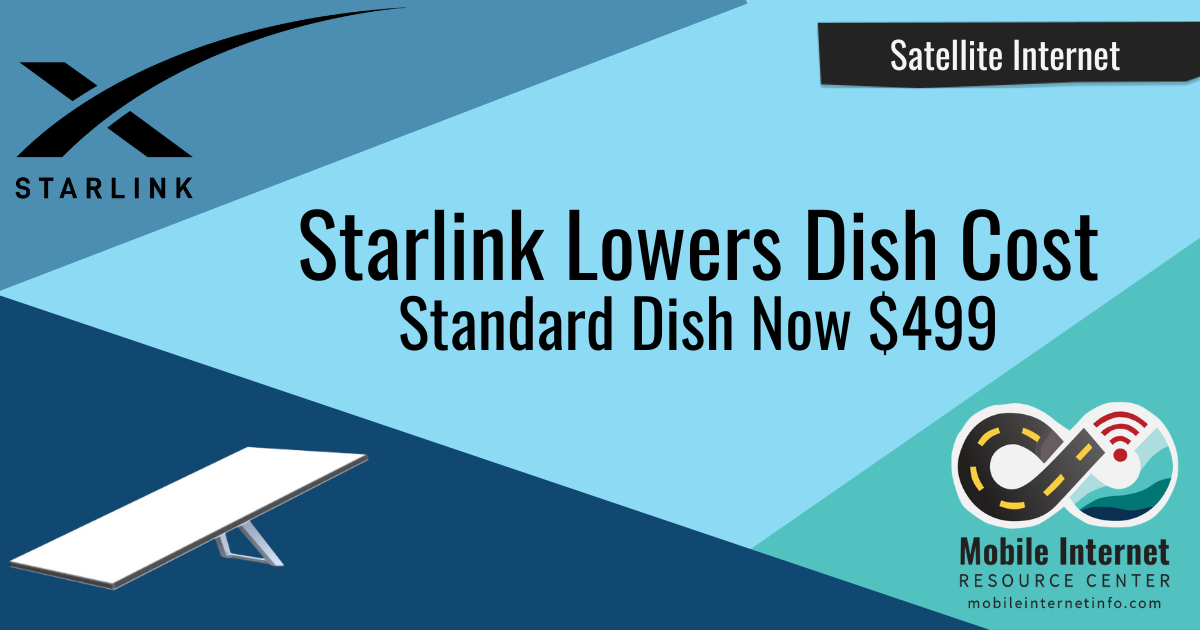
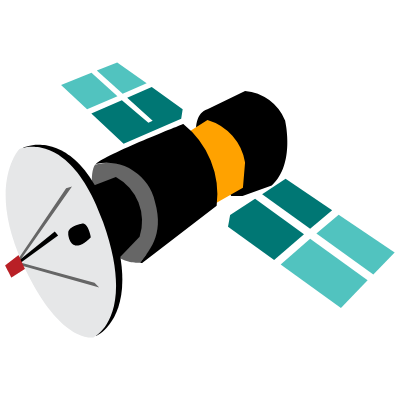


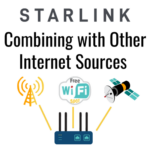




 Mobile Internet Resource Center (dba Two Steps Beyond LLC) is founded by Chris & Cherie of
Mobile Internet Resource Center (dba Two Steps Beyond LLC) is founded by Chris & Cherie of